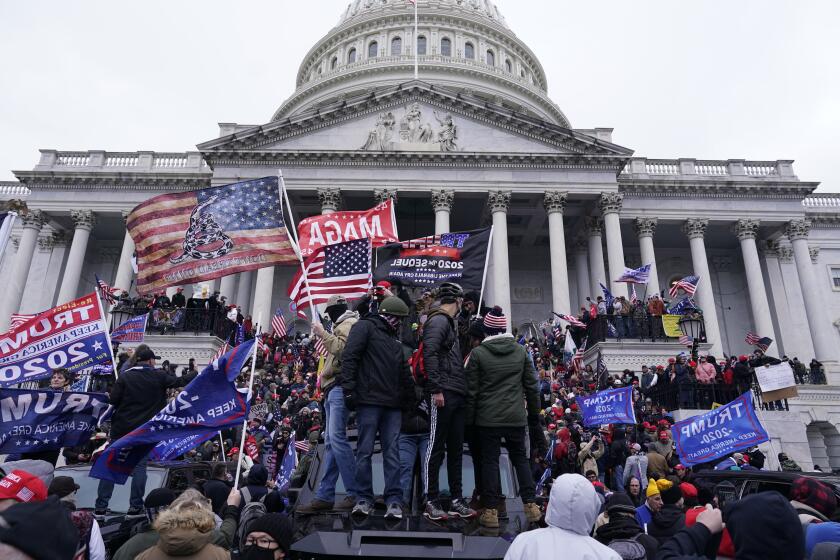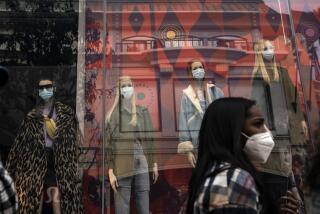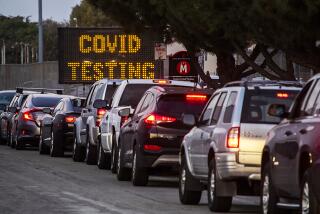
Late last year in the middle of a dark December — infections running rampant, hospitals pushed to the brink — 2021 held such promise. The coronavirus had changed the world, and vaccines promised to change it back.
The country had grown increasingly weary of the pandemic. Divisions of privilege, class and race had become strained as more Americans grew sick, stayed home and felt their lives falter under restrictions and closures.
But news of two vaccines, one by a pharmaceutical giant and another by an upstart biotech firm, promised to ease the estrangements. An 11-month sprint to stop the spread of COVID-19 had ended with emergency use authorization for Pfizer-BioNTech and Moderna.

If their methods seemed like science fiction — teaching cells to make part of the virus that the immune system would then attack — then the results were all the more stunning: each more than 94% effective.
With numbers like these, the shutdowns would end. Shuttered schools, businesses, restaurants would reopen, the silence and isolation would soon be over.
Little did we suspect that we would become our own worst enemy.
::
By New Year’s Day, the most ambitious public health campaign in the nation’s history had kicked off, and by the end of January, more than 25 million Americans had rolled up their sleeves.
But the more urgent the need, the more chaotic the early execution. There were shortages, setbacks, confusion and scandal. Vaccine hunters gathered on Facebook to jump to the head of a line designed to favor the most vulnerable.
Johnson & Johnson’s one-shot vaccine joined the others. But production at its Baltimore manufacturing plant was stopped due to contamination; 60 million doses were destroyed. Then, when a small number of J&J recipients developed a rare blood clotting disorder, federal authorities raised a flag (and then lowered it with a few caveats).
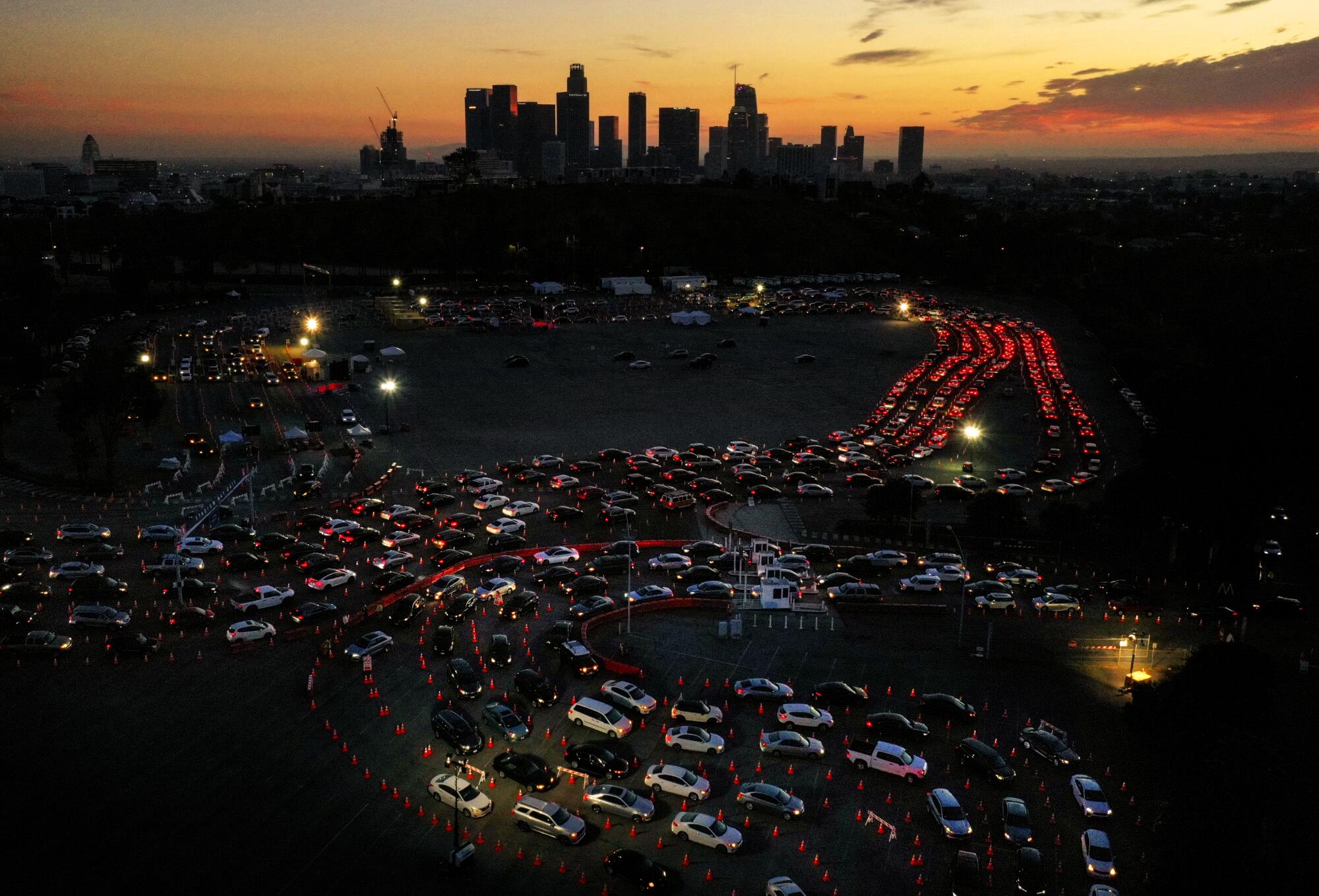
Mostly the newly vaccinated felt as if they had won the lottery. Volunteers and the National Guard waved lines of people and cars through convention centers and stadiums. Mass testing sites became mass vaccination sites, and in an Oregon snowstorm, healthcare workers stranded in traffic behind a jackknifed semi went car to car administering six Moderna doses that would otherwise have spoiled.
“I can’t imagine a better way to spend four hours stuck in a snowstorm,” said Michael Weber, a public health director who directed the impromptu inoculation effort.
From the Capitol riot to vaccines and climate change, a look at what dominated the news and conversation in 2021 as the world began to move past the pandemic.
After months of being alone and apart, the country could start coming together again. By late January, 1.2 million doses were being administered a day, and a few weeks later, President Biden visited a Pfizer plant in Kalamazoo, Mich., predicting a return to normal by the end of this year. “And God willing,” he said, “this Christmas will be different than the last.”
A month later the daily vaccination rate had more than doubled. The goal of having 70% of all Americans inoculated by the Fourth of July was in sight, and a country ravaged by the virus began rebuilding.
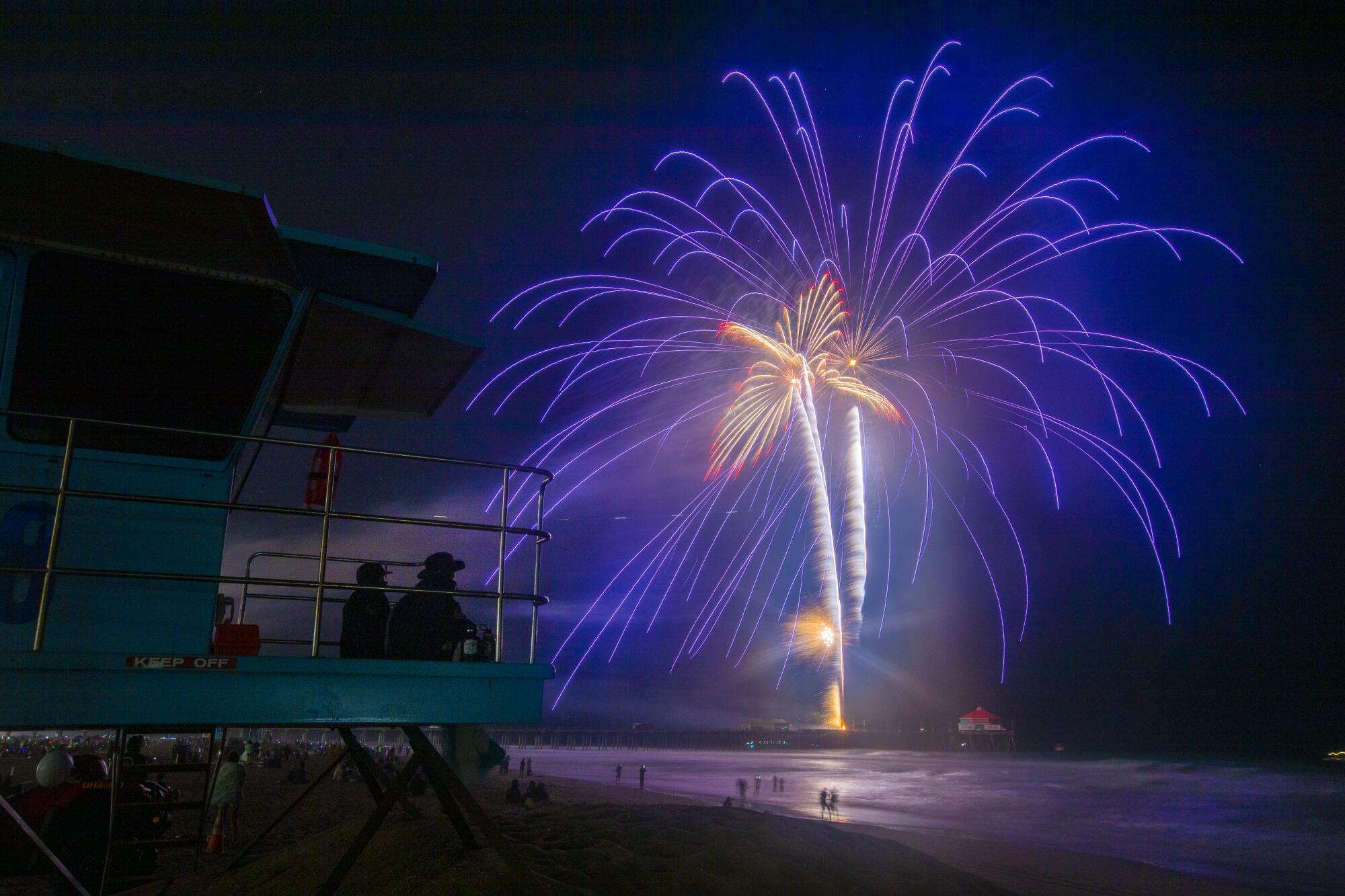
There was work to do. The scars of 2020 were still with us. Days of uncertainty and fear — sirens in the night, the graphs and dashboards of rising infections and deaths, the madness of current events — had taken their toll.
Virtual learning was failing, students were dropping out, suicide clusters reported. Joblessness and homelessness soared in spite of a trillion-dollar stimulus bill.
Many were angry or grieving. Some felt guilty or lucky, and by the anniversary of the pandemic’s declaration, the country paused to look back at more than a half-million dead whose final days bore witness not just to the virulence of this disease but to inequalities in healthcare and social justice.
Obituaries for so many ordinary people were extraordinary: simple lives marked by simple pleasures — a love of family, a commitment to a cause, courage in the face of illness — that would have been overlooked had COVID not lifted them from obscurity.
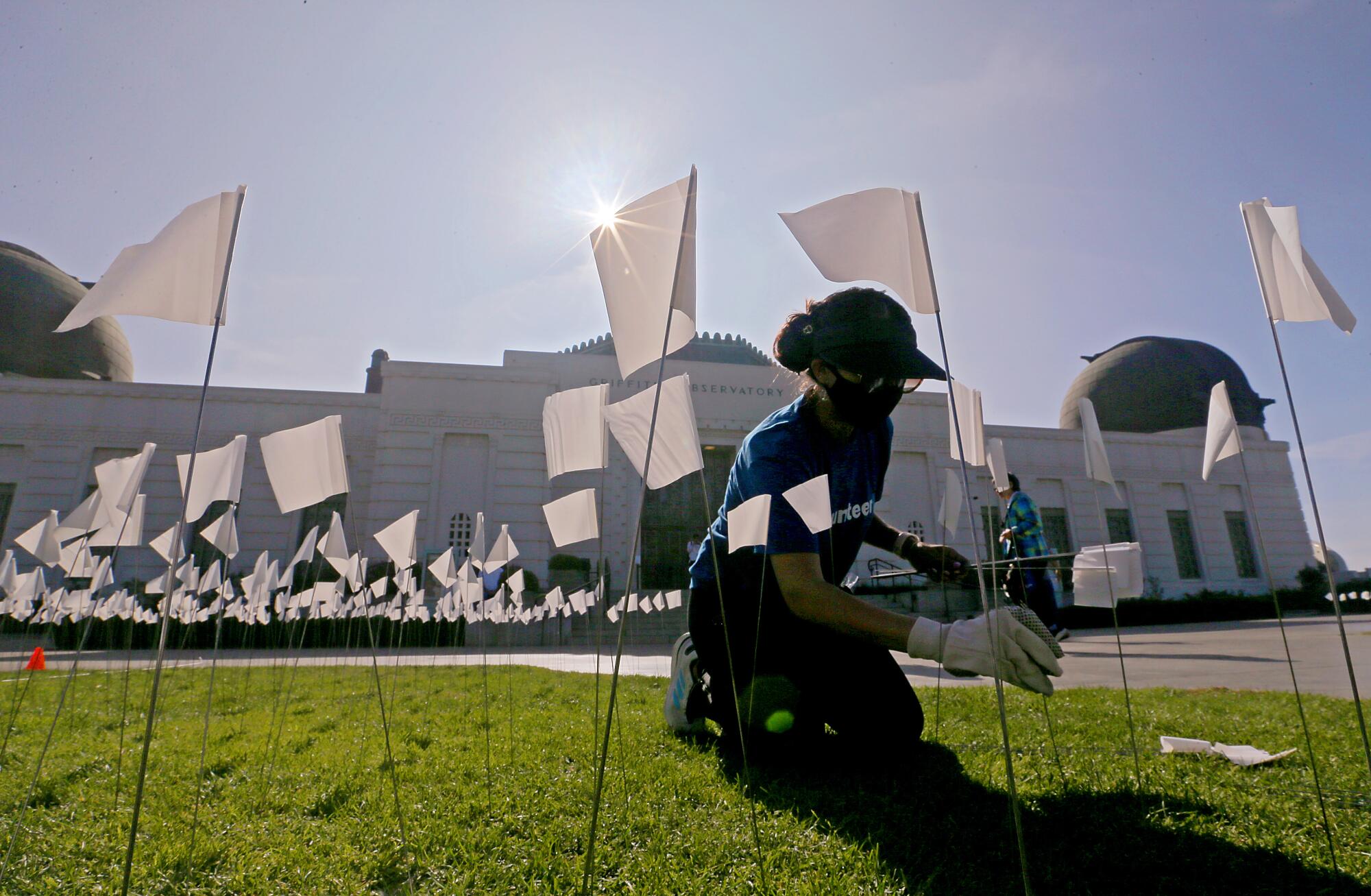
But even the most open-hearted felt fatigued. “Our feelings are not good at quantitative assessment,” explained Paul Slovic, professor of psychology at the University of Oregon at Eugene. “As numbers increase, we become more and more insensitive.”
The numbness led to restlessness and, at first, a few innocent calculations. Families reunited. Friends met for coffee. Little Leaguers fielded grounders. Couples kissed in public.
Warnings followed: too soon, too fast. “The last thing we need is Neanderthal thinking,” the president said when Texas and Mississippi rolled back their mask mandates in early March.
But as the days grew longer, the country was barreling ahead.
The final night of the April stock show and rodeo in San Angelo, Texas, sold out in minutes. Morning prayers filled a street in Brooklyn, N.Y., with worshipers marking the end of Ramadan, and on the first day of summer, Dave Grohl and the Foo Fighters stood before 20,000 fans at Madison Square Garden.
“It’s times like these you learn to live again,” sang Grohl, fighting back tears at the start of the three-hour show.
Of course, learning to live again wasn’t just America’s wish, and the need overseas grew more desperate.
In Brazil, the COVID mortality rate climbed to 125 — per hour. In Indonesia, dozens died over a weekend when a hospital ran out of oxygen. In Africa, some countries counted more than 1,000 new cases a day, and leaders accused wealthy countries of vaccine nationalism.
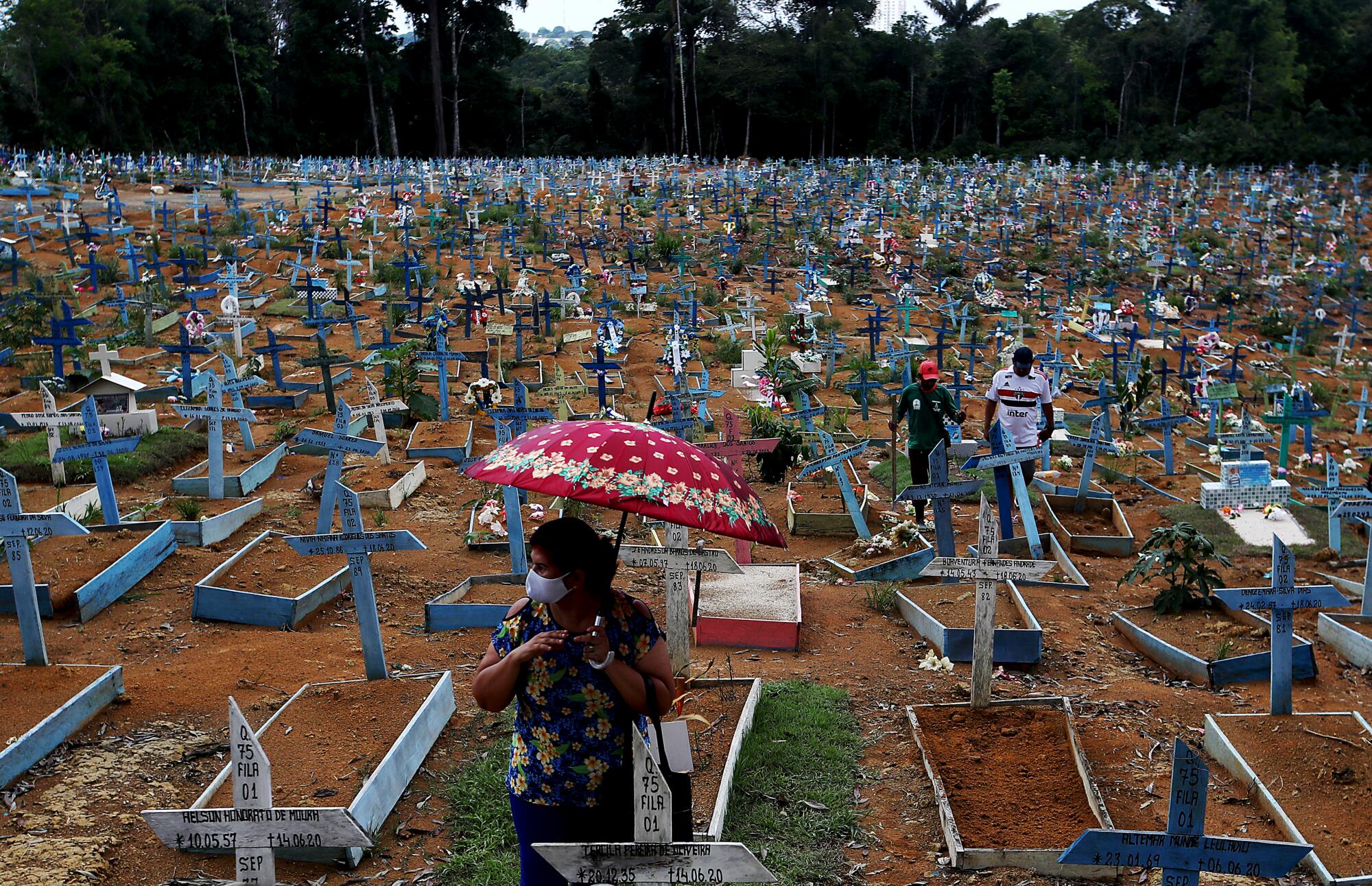
“Export bans and vaccine hoarding still have a chokehold on the lifeline of vaccine supplies to Africa,” said Dr. Matshidiso Moeti, the director of the World Health Organization for Africa.
In India, the skies grew dark from the smoke of funeral pyres.
::
The coronavirus had a new lesson to teach. The more it replicated, the more it mutated, and the Delta variant entered the lexicon. Efficient and deadly, it spread with the ease of chickenpox.
“The war has changed,” said the U.S. Centers for Disease Control and Prevention in an internal document released in late July, just as 380,000 fans descended upon Chicago for Lollapalooza, the four-day music festival that trended on some social media sites as #Deltapalooza.
The impulse to gather and celebrate was too strong to stop.
No longer targeting mainly the old and vulnerable, COVID now struck the younger and healthier. Hospitalizations in Michigan, Texas, Louisiana and Florida soared, and the pleas of doctors, nurses and hospital workers, worn out by a disease whose unpredictability left them crying for help while consoling bereaved family members, went unanswered.
“I don’t want to keep putting my life on the line just because people don’t want to get vaccinated or listen to what healthcare professionals are recommending,” said Pascaline Muhindura, a registered nurse in the critical care unit at Research Medical Center in Kansas City, Mo.
In a race against time and nature, federal health officials scrambled to come up with a new campaign, but the battle lines were suddenly fixed.
Since vaccines were introduced, 14% of the country said they would never get a shot. They claimed religious or health exemptions. They cited a mistrust of the government and joined forces with longtime anti-vaxxers, who declaimed the pandemic as an occasion to abolish personal rights, increase authoritarian controls, punish the middle class and funnel wealth to the wealthy.
The summer surge killed 3,418 people on Sept. 16, one of the highest daily totals since the pandemic began. The Delta variant was responsible, but most of the infected were unvaccinated.
“Death by anti-science,” said Peter Hotez, pediatrician and specialist in tropical infectious diseases at Baylor College of Medicine.
With the school year beginning and the number of pediatric cases nationwide doubling, the American Academy of Pediatrics urged the FDA to work “aggressively” toward authorizing COVID-19 vaccines for children under 12.
::
As health agencies charted skyrocketing increases, the debate between Democrats and Republicans ignited over civil liberties and public safety.
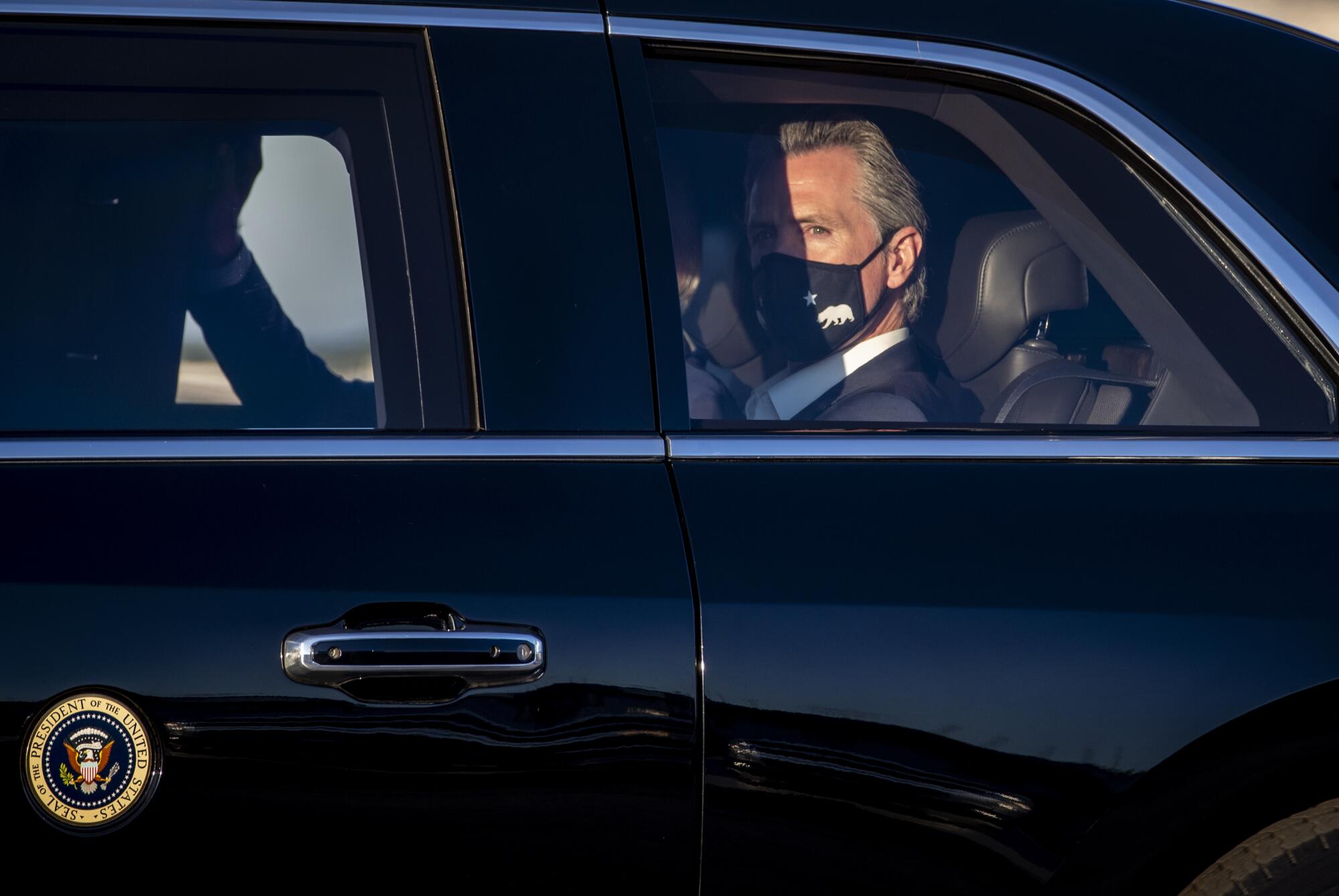
In California, Gov. Gavin Newsom faced down opponents who targeted his handling of the pandemic with a recall effort. In Washington, GOP Sens. Ted Cruz of Texas and Kevin Cramer of North Dakota proposed federal legislation that would block mask or vaccine mandates, and seven states prohibited local school districts from forcing students and teachers to wear face coverings.
A poll, conducted by the Pew Research Center in August, revealed that 86% of Democratic voters had received at least one vaccine shot, but among Republican voters that number was at 60%.
With the start of October, COVID hit another awful milestone. Having killed 700,000 Americans, it surpassed the death toll of the 1918 influenza pandemic.
As 2021 neared its end — with booster shots approved and vaccines for children authorized — the COVID landscape was as contentious as ever.
NFL quarterback Aaron Rodgers defended himself against the “woke mob” in defending his anti-vax position. Big Bird tweeted that he had been vaccinated (“My wing is feeling a little sore…”). New strains were being tracked, and for an exhausted, frustrated and resigned country, more questions lay ahead.
Nearly two years have passed since the coronavirus rearranged the world’s social order. More than 5 million people worldwide have died, and as rancorous as the debate has been, the aftermath promises to be as messy.
Dr. Anthony Fauci, who has stood on the front lines of the pandemic from the start, made an important admission earlier this year.
“I get more humble as the years go by,” he said, “because I realize how much I don’t know.”
Americans have always considered themselves exceptional, and the rapid development of the vaccines, even with international partners, in the midst of a pandemic is evidence. As the new year will surely see the death toll reach more than a million in the United States, perhaps the country needs to bring humility to its understanding as well.
More to Read
Start your day right
Sign up for Essential California for news, features and recommendations from the L.A. Times and beyond in your inbox six days a week.
You may occasionally receive promotional content from the Los Angeles Times.
